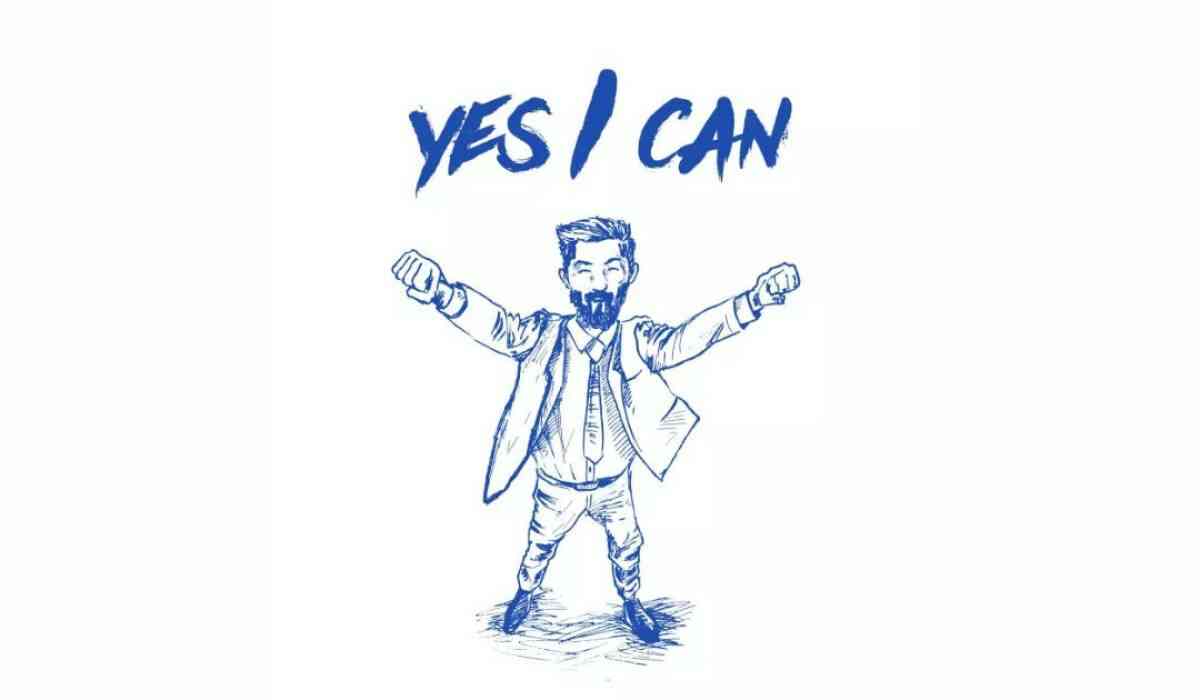Motivation
- - Category: Motivational
- - 26 May, 2023
- - Views: 527
- Save

Motivation is derived from the Latin word move, which means “to move”.
Motivation is derived from the Latin word move, which means “to move”. Motivation is the force that functions in persons at either a conscious or unconscious level and provides behavior meaning or direction. A standard division of reasons is into two categories:
- personal, social, or secondary motives, such as affiliation, competition, and individual interests and goals; and
- physiological, primary, or organic motives, such as thirst, hunger, and sleep deprivation. Separating internal motivational factors from outside influences, such as rewards or penalties, which can promote or discourage particular behaviors, is also vital.
The widespread consensus is that motivation is crucial for success, both in the classroom and at work. The spark that ignites abilities and turns them into accomplishments comes from motivation. Although academic and professional success is predicted by innate skill or giftedness, motivation is the fuel that enables the ability to be harnessed to achieve those tremendous triumphs. Gifted students are only able to completely develop their talents with sufficient drive, even when endowed with natural talent or potential.
According to Decker's (2001), motivation is defined as “inducing behavior”; therefore, stimuli that convert potential energy into kinetic energy will encourage us to act. This change is both literal and symbolic. Ability or potential cannot be turned into assets or performances without motivation. As a result, aptitude without drive is equivalent to the wind without a windmill. Electricity production requires the use of wind energy, which must be captured. To attain success, motivation and talent both need to be present. Ability and motivation are frequently compared to one another.
Positive feedback loops strengthen the behavior and raise the likelihood that it will be repeated when these behaviors, in turn, produce more uplifting motivational and emotional states (Reeve, 2015). Our motivations change throughout time because motivation is a dynamic process. Motives fluctuate as conditions alter and as time goes on, adding to the continuous flow of behavior. We are always motivated by a wide range of diverse factors, which adds to the complexity.
Finding the drive to do something that is so essential to us is not simple. To make sure that this is not the case, we must determine whether it conflicts with other motivations and, if necessary, evaluate our beliefs. In order to ensure that we align strong internal motives with external incentives found in our environment or social context, we may frequently need to take action. Motivation teaches us that high internal motives should be paired with high external incentives if we wish to successfully motivate our own or other people’s behaviour. Finally, in order to maintain motivation over time, we frequently need to establish a routine that includes reminders, repetitions, and rewards.
– Urveez Kakalia and Krupa Abraham.

